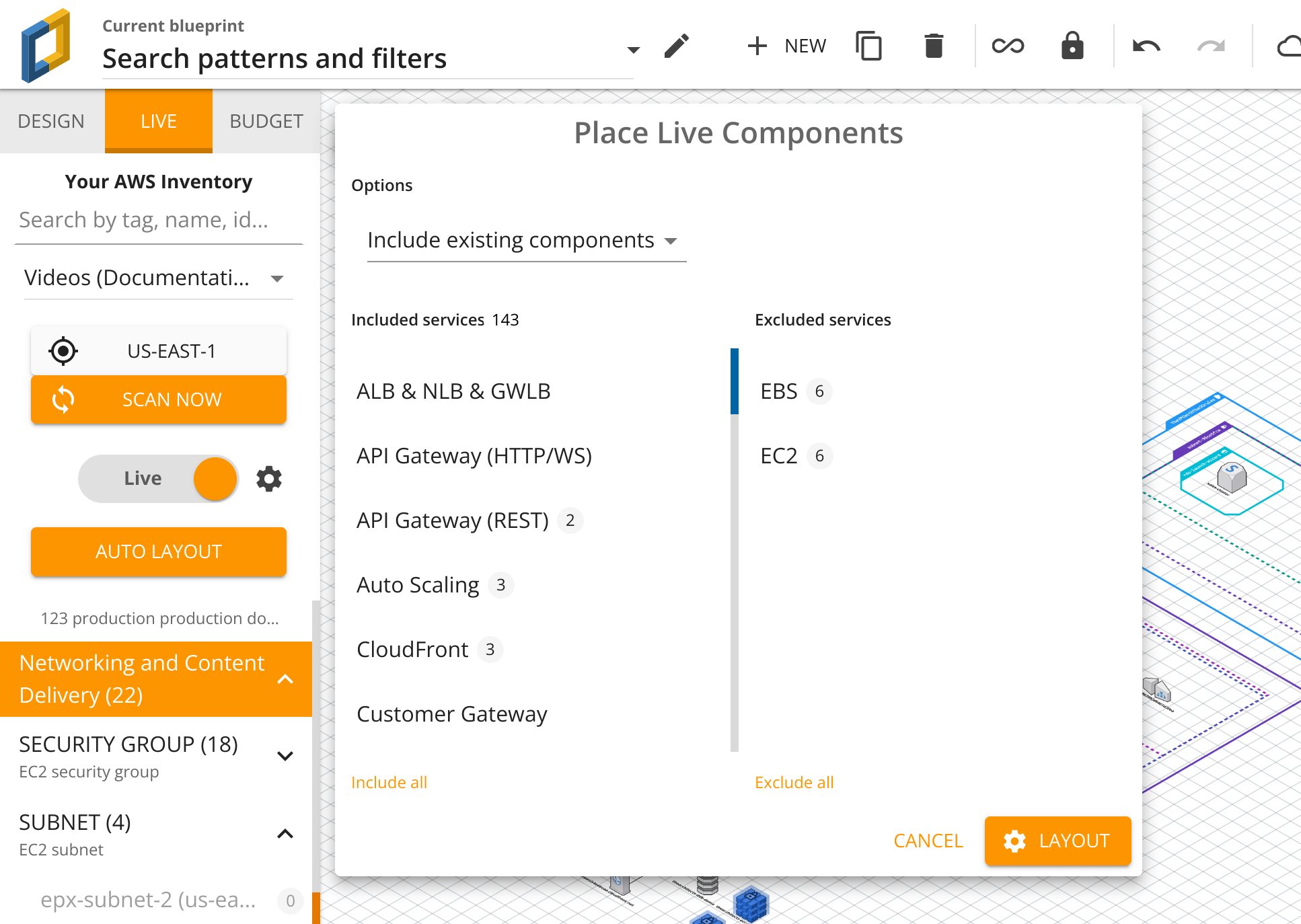- Principales informations
- Getting Started
- Datadog
- Site Datadog
- DevSecOps
- Serverless for AWS Lambda
- Agent
- Intégrations
- Conteneurs
- Dashboards
- Monitors
- Logs
- Tracing
- Profileur
- Tags
- API
- Service Catalog
- Session Replay
- Continuous Testing
- Surveillance Synthetic
- Incident Management
- Database Monitoring
- Cloud Security Management
- Cloud SIEM
- Application Security Management
- Workflow Automation
- CI Visibility
- Test Visibility
- Intelligent Test Runner
- Code Analysis
- Learning Center
- Support
- Glossary
- Standard Attributes
- Guides
- Agent
- Intégrations
- OpenTelemetry
- Développeurs
- Authorization
- DogStatsD
- Checks custom
- Intégrations
- Create an Agent-based Integration
- Create an API Integration
- Create a Log Pipeline
- Integration Assets Reference
- Build a Marketplace Offering
- Create a Tile
- Create an Integration Dashboard
- Create a Recommended Monitor
- Create a Cloud SIEM Detection Rule
- OAuth for Integrations
- Install Agent Integration Developer Tool
- Checks de service
- IDE Plugins
- Communauté
- Guides
- API
- Application mobile
- CoScreen
- Cloudcraft
- In The App
- Dashboards
- Notebooks
- DDSQL Editor
- Alertes
- Infrastructure
- Métriques
- Watchdog
- Bits AI
- Service Catalog
- API Catalog
- Error Tracking
- Service Management
- Infrastructure
- Universal Service Monitoring
- Conteneurs
- Sans serveur
- Surveillance réseau
- Cloud Cost
- Application Performance
- APM
- Profileur en continu
- Database Monitoring
- Agent Integration Overhead
- Setup Architectures
- Configuration de Postgres
- Configuration de MySQL
- Configuration de SQL Server
- Setting Up Oracle
- Setting Up MongoDB
- Connecting DBM and Traces
- Données collectées
- Exploring Database Hosts
- Explorer les métriques de requête
- Explorer des échantillons de requêtes
- Dépannage
- Guides
- Data Streams Monitoring
- Data Jobs Monitoring
- Digital Experience
- RUM et Session Replay
- Product Analytics
- Surveillance Synthetic
- Continuous Testing
- Software Delivery
- CI Visibility
- CD Visibility
- Test Visibility
- Exécuteur de tests intelligent
- Code Analysis
- Quality Gates
- DORA Metrics
- Securité
- Security Overview
- Cloud SIEM
- Cloud Security Management
- Application Security Management
- AI Observability
- Log Management
- Pipelines d'observabilité
- Log Management
- Administration
Using Filters to Create Better Diagrams
Cette page n'est pas encore disponible en français, sa traduction est en cours.
Si vous avez des questions ou des retours sur notre projet de traduction actuel, n'hésitez pas à nous contacter.
Si vous avez des questions ou des retours sur notre projet de traduction actuel, n'hésitez pas à nous contacter.
The number of components rendered at once for large environment diagrams can introduce performance and readability issues, making for a poor experience.
To avoid these issues, Cloudcraft recommends that you use the Filtered layout feature to apply filters, or exclude services when placing live components.
Building smaller diagrams makes managing them much easier. It also gives viewers more control over how they ingest information.
If you are using Cloudcraft's New Live Experience, see this documentation: Crafting Better Diagrams: Cloudcraft's Live Diagramming and Filtering.
Search patterns
The search box on the Live tab allows you to enter patterns that affect your scan result.
The patterns the application supports include:
- Matching component’s name or ID. For example,
i-052g93wu49qed3hxw. - Matching component’s type. For example,
type=ec2. - Matching component’s IP address. For example,
172.31.42.142. - Matching tagged components. For example,
environment=prodorenvironment. - Matching components inside a VPC, security group, or subnet. For example,
vpc-088c40abeb9ce0c1d.
You can also use operators:
- AND (
type=ec2 AND env=prod). - OR (
type=ec2 OR type=rds) - NOT (
NOT platform=linux) - (…) (
type=rds AND (env=staging OR env=prod)).
Combine these two features, and you can build powerful filters, allowing you to scope your diagram to one or more applications.
Excluding services
Search patterns may be overkill if you only want to exclude a few services, so Cloudcraft offers an easier way to accomplish this task.
After scanning your AWS account, click Auto Layout on the Live tab to view a two-column list with services from your AWS environment.
You can move services from the Included services to the Excluded services column—or vice versa—by clicking them.
Using search patterns and applying filters
Let us put some of these concepts into practice.
Imagine you’re creating an architecture diagram but only want to show EC2 instances and EBS volumes tagged with service=wirecraft. You also want to ignore any EC2 instances in the “Stopped” state.
You already scanned your AWS environment, and Cloudcraft shows a list of components from your account in your inventory. What’s next?
- On the Live tab, type the search pattern that corresponds to your query in the search box. In this example, the pattern is
service=wirecraft AND (type=ec2 running OR type=ebs). Notice that the button Auto Layout now says Filtered Layout. - Click Filtered Layout.
- Click Layout. The components in the diagram now match the pattern in Step 1.
Other alternatives include:
- Running the same query on another AWS region. Before you click Layout, select Include existing components from the Options dropdown. Doing so would perform a filtered layout on all the components for the secondary region currently in your inventory and all the components already on the diagram.
- Combining Filtered layout with the Blueprint link feature to break down larger environments into multiple diagrams that link to each other. You can also have an overview diagram that provides a quick glance of your whole cloud architecture with no performance penalties.


